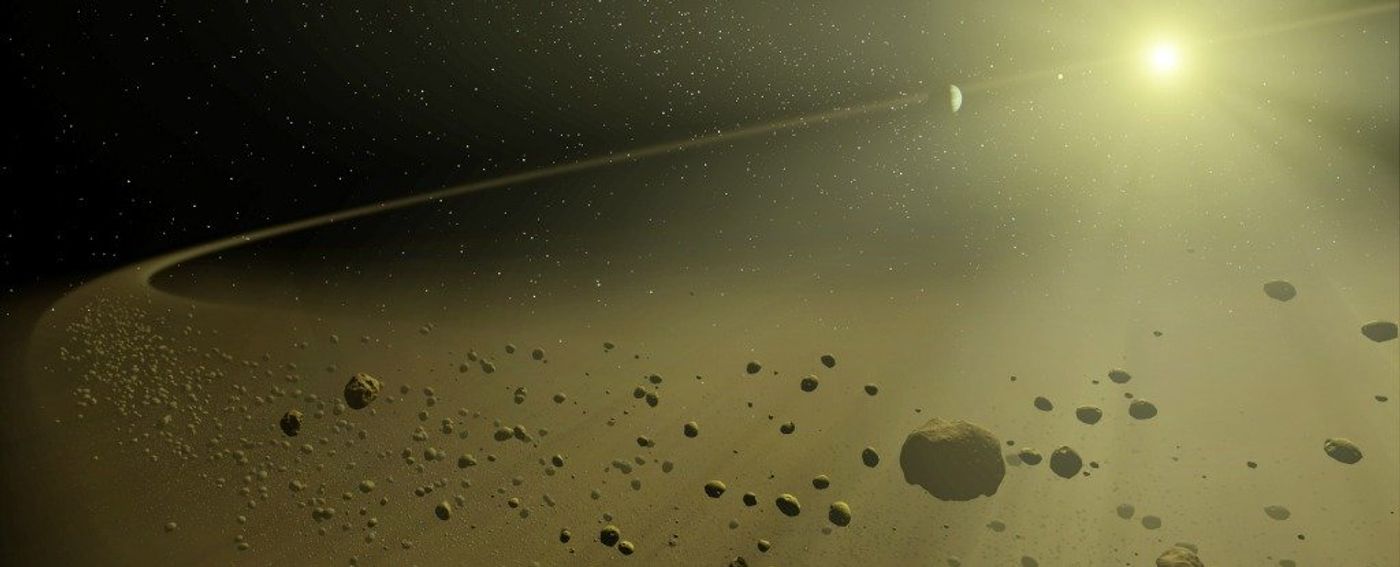Astronomers Have a New Theory Regarding the Irregularities of Tabby's Star
Over the last few years, a remote system containing the star KIC 8462852 (also known as Tabby’s Star) has received an unbelievable amount of attention from astronomers because of irregularities in its brightness.
Image Credit: NASA/JPL-Caltech/T. Pyle
Since observations with the Kepler Space Telescope began in 2015, these observations have ranged between about 15-22%. Compared to the average 1% dip in light that astronomers see when an exoplanet transits a star’s surface, these figures are seemingly inconceivable.
Scientists have searched far and wide for answers, considering many possibilities along the way. Some theories suggest that a bevy of space rocks are swirling around the planet at irregular intervals, or that a massive alien megastructure could be blocking the light from the star.
Related: Researchers have many theories about what could be going on in the Tabby's Star system
Both theories mentioned above are improbable; especially the latter, but now astronomers think they might have a solid explanation for the situation once and for all.
Published on arXiv.org, researchers from the University of Antioquia in Colombia argue their case: a giant gassy planet with rings similar to Saturn's might be causing the anomalous dips in brightness.
"We found that tilted ringed structures undergo short-term changes in shape and orientation that are manifested as strong variations of transit depth and contact times, even between consecutive eclipses," they explained in their paper.
While we’ve studied giant gassy exoplanets in other systems before, it’s not entirely typical that astronomers find evidence for exorings. If the exoplanet orbiting Tabby’s Star were vast and thick enough, they could block out a significant amount of the star’s light, they argue.
Rings are made up out of dust, ice, rocks, and other planetary building blocks that don’t clump together because of gravitational distortion. If the rings were like those around Saturn, they could purportedly block out enough of KIC 8462852’s light to fit the bill.
Still, even if this were the case, it’d be hard to imagine why the light blockage is so irregular.
To answer that question, they suggest how the planet might exhibit just enough of a ‘wobble’ that the rings block out varying amounts of the star’s light every time the planet transits the star's surface. They attribute said wobble to a phenomenon that frequently occurs in exoplanets when they orbit their host star too closely.
It’s a stretch, but it’s an interesting theory given that most other theories have either been laughed off the stage or disproven. Perhaps future observations with the upcoming James Webb Space Telescope could provide more clarity on what's going on in this strange system.
Source: New Scientist









